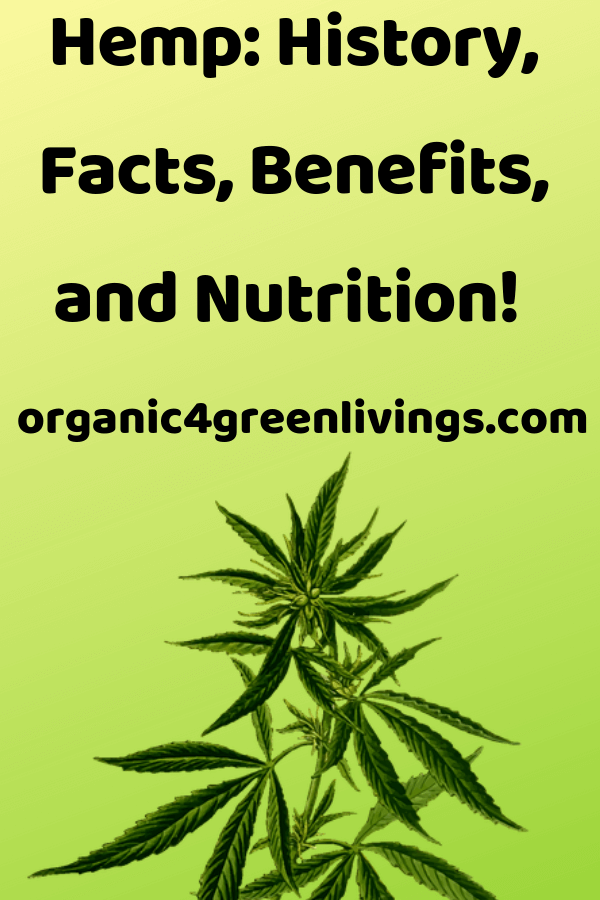What You Don’t Know About Hemp: History, Benefits & Nutrition
It seems like everyone is talking about it: hemp and how it’s going to help save the environment and boost our economy. But what do you really know about this plant and what it can do for you?

Hemp looks like marijuana and is part of the same cannabis species. But that’s all they have in common. Hemp is one of the most versatile plants in the world. For thousands of years different parts of the plant have been used for fuel oil and the making of fabric, paper, and textiles. Hemp is also used as a food and for its nutrition. As a plant-based protein, hemp is high in nutrients – it’s good for your brain, heart, and skin.
Even more important than all these things, hemp is a sustainable crop and great for the environment. It’s a fast-growing plant that can be grown without a lot of toxic herbicides. Many hemp crops are being grown organically, without the use of any additives that are harmful to humans and the environment. Hemp is especially important for soil fertility. Farmers can grow food and other agriculture crops immediately after a hemp harvest without the fallow period that comes with crops like corn and soy. Another environmental benefit is that hemp doesn’t need a lot of room to grow and plants grow tightly together – per hectare, double the amount of hemp can be grown compared to cotton.
As you can see, the long-term ecological benefits of hemp crops are enormous. We’ll be able to use hemp oil to make biofuels as alternate fuel sources, thereby reducing our carbon footprint. Hemp can help replace plastics that are made from harmful chemicals. And we can build our homes from materials that are hemp-based (i.e. hemp concrete), rather than depleting our natural resources.
You’ll be hearing a lot more about hemp in the future. Here’s what you need to know about this plant and why it’s important as a highly sustainable crop that’s going to protect our environment.

